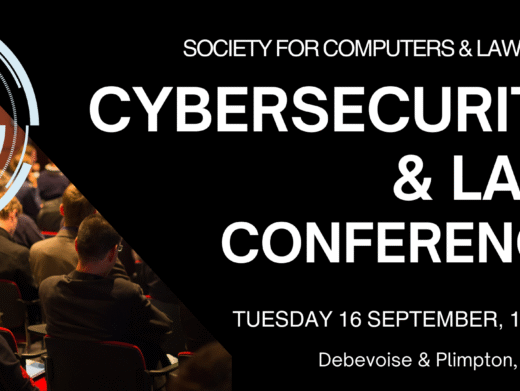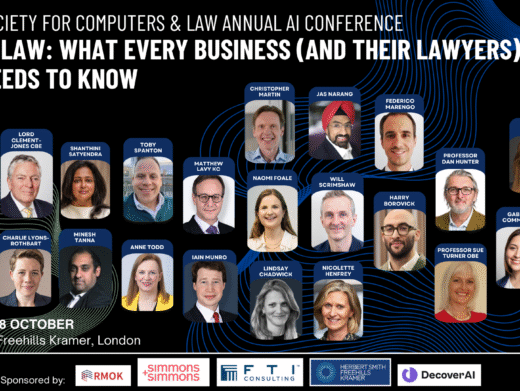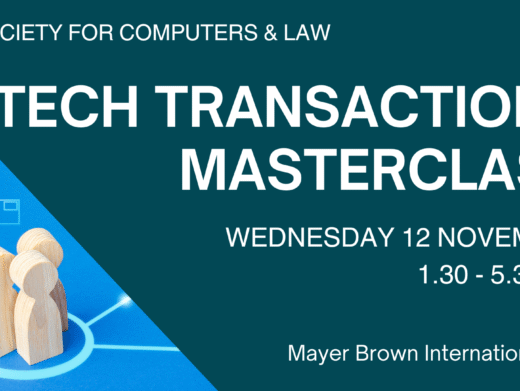The Intellectual Property Enterprise Court has ruled on a dispute about authorship and ownership of software, a user guide and graphical user interface which was created during the course of employment in Penhallurick v MD5 Ltd [2021] EWHC 293 (IPEC).
Mr Penhallurick (P), claimed ownership of copyright in eight works, all of them relating to a technique he called Virtual Forensic Computing (VFC). He alleged infringement of his copyrights by his former employer (MD5). MD5 argued that it owned the copyrights and counterclaimed for a declaration to that effect, also claiming that P had breached his contract of employment and had infringed MD5’s copyrights.
P worked on a method of retrieving an image of the hard disk without writing on it, then booting up the image on a virtual machine so that the image could be investigated. P conducted research in this field while he was studying for his MSc degree. He then developed this work further while working for MD5 to automate what was quite a manual process. According to P, it incorporated code written before his employment. He also says that after he joined MD5 his work on this software was done outside the scope of his employment, using his own computer and primarily in his own time. MD5 said that the work was carried out as part of his duties as an employee.
On the facts, the judge believed that MD5 suggested to P that software should be written to automate the VFC method and P volunteered to do it. The judge said that it may have been that P had done something by way of working on VFC software before he joined MD5 but on his own admission it did not work and was not worth showing to MD5. If any such software existed, the judge felt it likely that P abandoned it and started again while employed by MD5. The important issue was that whatever the precise date on which P first started work on what became the VFC source code as compiled for use in MD5’s products, it was after the beginning of his employment with MD5.
As far as the law was concerned, the software was a work under section 3(1) of the Copyright, Designs and Patents Act 1988 (the 1988 Act). The starting point for ownership of copyright is section 11 of the 1988 Act. P was the author of all works at issue and was therefore the first owner of the copyright in them unless any was made in the course of his employment by MD5, in which case MD5 was the first owner.
This was the crux of the case and required a multifaceted assessment taking the following matters into account:
- the terms of the contract of employment;
- where the work was created;
- whether the work was created during normal office hours;
- who provided the materials for the work to be created;
- the level of direction provided to the author;
- whether the author can refuse to create the work/s; and
- whether the work is ‘integral’ to the business.
The judge said that the creation of VFC software was the central task for which P was being paid. Even though he did much of the work at home, it was done in the course of his employment and subject to employer ownership under section 11(2). In addition, the parties entered into an agreement in November 2008 which contemplated ownership by MD5 of the works, including future works, developed by P in the course of his employment.
The source code used in MD5’s products was created after P started his employment. The user guide was written during the course of his employment to create MD5’s products, making MD5 the first owner under section 11(2) of the 1988 Act.
The judge said that each version of the VFC software expressly identified P as author. This gave rise to a presumption that he owned the works under section 104 of the 1988 Act. However, the judge held that the presumption of ownership was rebuttable on the balance of probabilities based on the evidence as to actual ownership. He therefore granted MD5 a declaration of ownership.




